hypermobility in babies uk
The usual tightness of the hip and knee muscles is absent and the the hips and knees can be fully extended. Which provides this website.
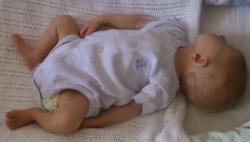
Hypermobility Late Walking Sale Online 56 Off Www Ingeniovirtual Com
It is not an illness or disease and is a normal variation.

. See a GP if you. Instability of the joints might lead to dislocations or subluxations partial dislocations children may suffer from pain their joints may click and they may fidget to relieve discomfort. These are a combination of the Beighton hypermobility score and the child or young persons symptoms.
Around 10 of these people live with symptoms which can range from mild to disabling can affect many of the bodys systems not just the joints and vary over time. The Beighton hypermobility score is a 9-point scoring system based on little fingers thumbs elbows knees and trunk. Severe hypermobility that impacts on daily activities and mobility for example subluxationdislocation.
Ask them to slowly take one arm out in front of them. Hypermobility is when ligaments allow more movement at the joints. Often get tired even after rest keep getting pain and stiffness in your joints or muscles.
Hypermobility is a medical term used to describe the movement of human joints which often go beyond what is considered to be a normal range. Sometimes children are severely affected. Most UK midwives teach a way of holding and feeding a baby that is difficult uncomfortable and unsustainable for women with hEDSHSD.
Joint hypermobility in babies and children is even more common and usually causes no problems. It is extremely common in children having being reported in 25 to 50 of those younger than 10 years of age. The older you are the less likely it is you will be hypermobile.
Using positions that require holding for long periods of time with hands and raised elbows can lead to pain and nerve entrapment and should be avoided. It is used to assess hypermobility using a standard set of movements of thumb and wrist fifth finger elbows back and knees. Hypermobility is where joints bend further than average and affects around 30 of the population.
In most cases hypermobility peaks at the age of five. It is sometimes referred to as being double jointed and is quite common about 1 in 10 people are hypermobile. Joint hypermobility in babies and children When you have joint hypermobility it means your joints are more flexible than in other people.
The symptoms of hypermobility depend on the type your child. This is not an unusual medical condition. Find a Childrens Physiotherapist Covid-19 - Resources for parents and carers.
The shape of the joint can also influence how much the joint moves. Hypermobility may affect just one joint or many joints. Hypermobility in children refers to joints in the body that moves easily beyond their normal range due to weakness of the connective tissue collagen in the muscles ligaments tendons and skin.
Some people refer to joint hypermobility as being double jointed fingers or having loose joints. It is not an illness or disease and is a normal variation. Hypermobility can be generalised or affect just peripheral joints for example hands and feet Foster 2013.
Hypermobility in children Over 5s September 2021 2 Superman Start with your child on their hands and knees. How common is hypermobility. Symptomatic hypermobility can be due to.
Joint hypermobility syndrome is when you have very flexible joints and it causes you pain you may think of yourself as being double-jointed. Symptomatic Hypermobility 2012 Year published. Acute or single joint soft-tissue injury as a result of repetitive strain.
It affects 7 10 of school age children in the UK. Find out more about hypermobility and the conditions which can cause it here. Fatigue or hand pain with functional tasks for example handwriting playing musical instruments.
Despite hypermobility having a tendency to run in families the underlying genetic cause is unknown Smith and Ramanan 2013. It usually affects children and young people and often gets better as you get older. As many as 30 of the population have this condition.
Children with hypermobile EDS will be more bendy than their peers and this hypermobility can cause problems. Depending on the age of your child these are a few further ideas to help strengthen your childs arms leg and core muscles to support their hypermobile joints. Hypermobility may affect just one joint or many joints.
Hypermobility in Children Description or Diagnosis. This causes pain and increased risk of injury such as dislocation strains and sprains. Lying on their tummy pushing up through their arms Bouncing your child on your lap Bunny hops Scoot toys Kickingthrowing and catching a ball Useful contacts.
Newborn hypermobile and pre-term babies lie with their legs and arms more extended and flat on the cot mattress. Most children are flexible but some more so. The CSP is the professional educational and trade union body for the UKs 60000 chartered physiotherapists physiotherapy students and support workers.
Ask them to lower their arm back to the floor and then take their leg out behind them. Hypermobility is commonly seen in. Common concerns related to being hypermobile clicky joints clumsiness falling over more often than peers flat feet feet roll in tiredness after walking long distances pain in muscles and.
The laxity in the muscles means that it requires more effort to lift up the arms to reach for toys and kick the legs. Site by CTI. The CSP is the professional educational and trade union body for the UKs 60000 chartered physiotherapists physiotherapy students and support workers.
Specific heritable disorders of connective tissue like Ehlers-Danlos syndromes Marfan syndrome Stickler syndrome osteogenesis imperfecta and others. Hypermobility is commonly seen in young children. Hypermobility refers to an increased range of movement in multiple joints for their age.
Joint shape looser ligaments or poor muscle tone without a connective tissue disorder C. In hypermobility these ligaments are more lax and therefore allow more movement at the joints. Other conditions like Downs syndrome Cerebral.
Liz Clayton previously Hardy is an Advanced Physiotherapist in Paediatric Rheumatology.
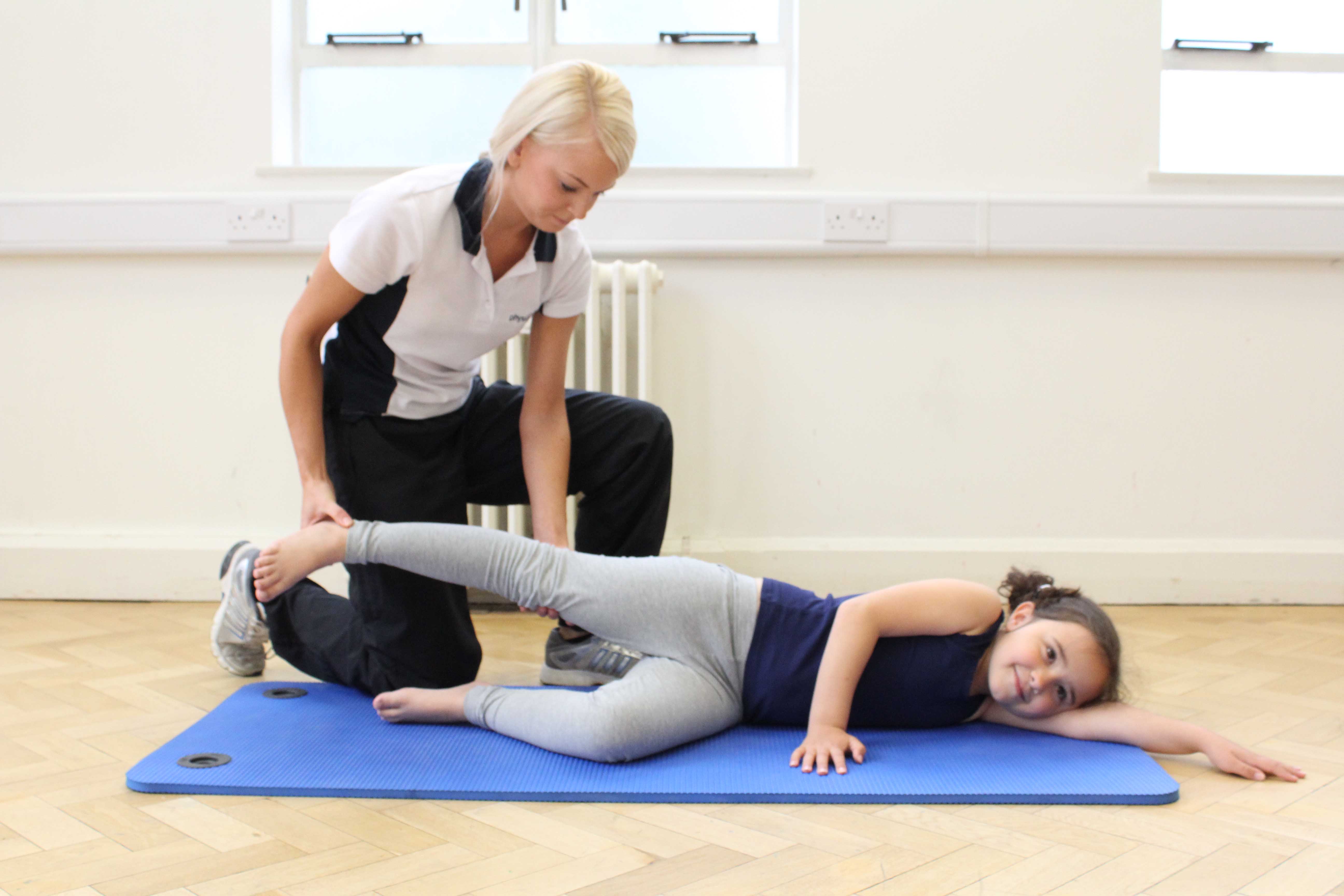
Hyper Mobility Syndrome Children Conditions Paediatric What We Treat Physio Co Uk

What Is Hypermobility In Babies Children Young Adults Therapy Stars

Joint Hypermobility In Babies And Children Emma S Diary

How Hypermobility And Low Muscle Tone Affect Your Baby S Development Skills For Action

What Is Hypermobility In Babies Children Young Adults Therapy Stars

How Hypermobility And Low Muscle Tone Affect Your Baby S Development Skills For Action
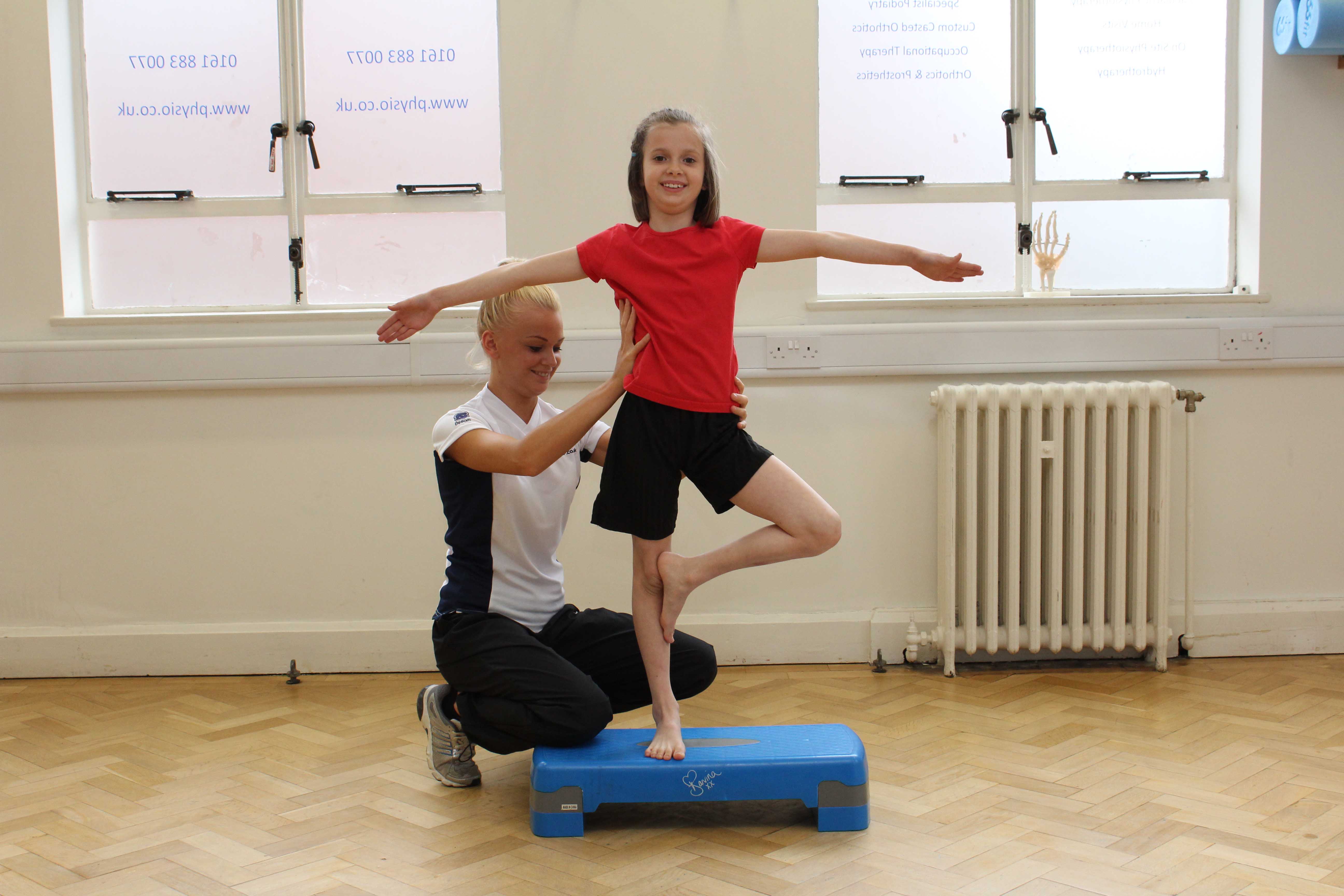
Hyper Mobility Syndrome Children Conditions Paediatric What We Treat Physio Co Uk

How Hypermobility And Low Muscle Tone Affect Your Baby S Development Skills For Action

How Hypermobility And Low Muscle Tone Affect Your Infant S Development Low Muscle Tone Pediatric Physical Therapy Muscle Tone
Toddler Returns Parents Accused
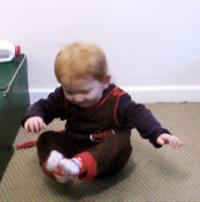
How Hypermobility And Low Muscle Tone Affect Your Baby S Development Skills For Action

I M Proud To Be A Mum Of A Baby With Joint Hypermobility

What Is Hypermobility In Babies Children Young Adults Therapy Stars

Joint Hypermobility What It Is And How It Is Diagnosed And Managed
Hypermobility Late Walking Sale Online 56 Off Www Ingeniovirtual Com
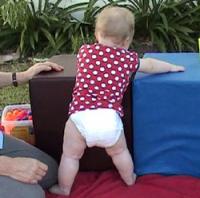
How Hypermobility And Low Muscle Tone Affect Your Baby S Development Skills For Action
